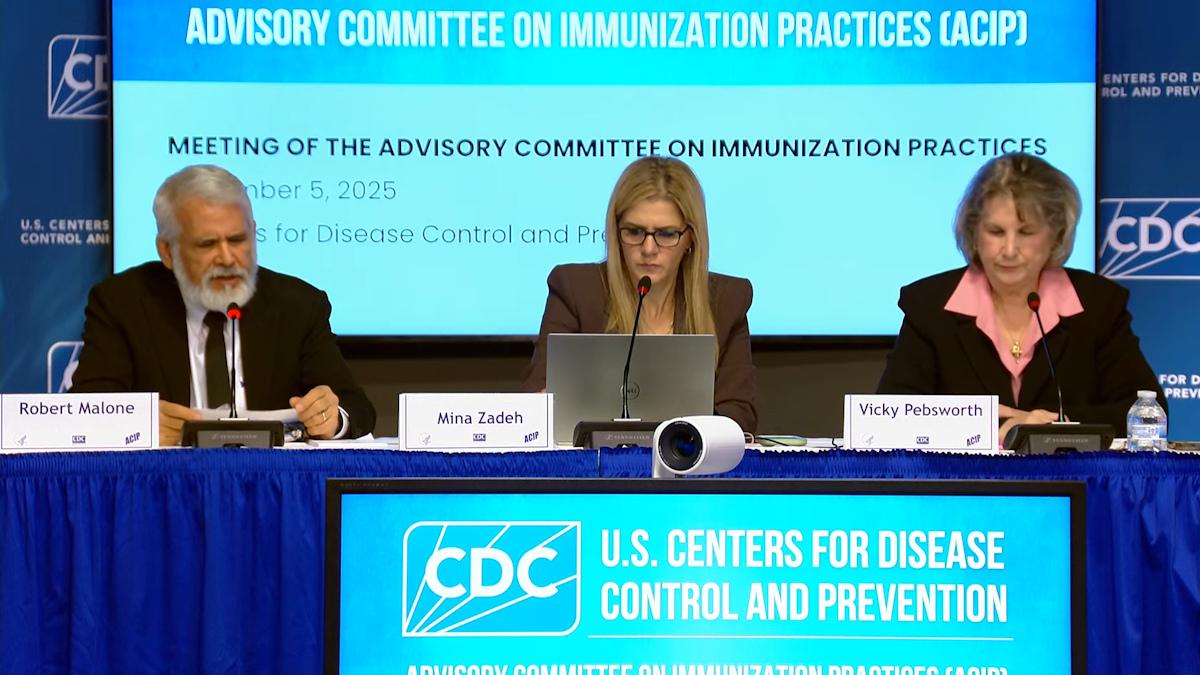Janssen: tackling the big questions of balancing innovation, patient needs, profits and affordability

Paul Tunnah spoke to Jane Griffiths, company group chairman, Janssen pharma companies (Johnson & Johnson) EMEA, at the recent eyeforpharma Barcelona event about some of the big questions facing pharma, and how her company is tackling them.

Paul Tunnah
Why should pharma be patient-centric?
Patient-centricity is about making sure you get the very best outcomes for the patient. If you don't involve yourself early enough in the patient journey by looking at how the patient feels about their disease and what outcomes are important to them, you risk running clinical programmes that are key for payers and prescribers, but miss areas that are important to patients.
Tolerability of the drug is often significant for patients, in particular how often it's given or the way it's packaged or – if it's a life or death situation – whether the medicine can increase life expectancy. We've noticed with one of our oncology medicines that the longer life is extended, the more some of the seemingly less important considerations come to the fore, such as side effects and how they can be better managed. Only by getting closer to patients, and having more of a dialogue with them, can we fully understand their needs and what they see as important.
Patient journey mapping has also helped us identify inefficiencies in the healthcare system by showing how the patient is treated, how frequently they may need to go to hospital, and how hospital visits may become redundant with new medication. With this information we can look at how to re-engineer patient pathways to better serve new innovations.
Getting patients involved in clinical trials at the outset, such as protocol writing, understanding what we should be measuring, and study recruitment, is also better for patient outcomes. Patient support mechanisms to improve adherence – both to take the medication correctly, and persistence for the right amount of time – are another big area. If adherence is out of kilter then patients are not going to get the best out of their medicines, and that's not a win for anybody.
Do you think there is enough communication to patients around why pharma wants to engage, and why it's good for everyone?
There is some good communication but, of course, things can always be better. Perhaps the important question here is whether patients want to be at the centre of everything. Maybe some don't want to engage but, where they do, that opportunity should exist.
Patients should not be made to feel completely powerless after a diagnosis, seeing everyone else take over and not knowing what's going on, or even their prognosis. This is very common and it needs to change. The idea we are not responsible for own health – whether well or ill – also needs to change. We are used to talking of patients as a single homogenous group, but they need to be seen as individuals in the same way we do with doctors.
What to you represents good patient-centricity within the industry?
The framework we use to interact with patient groups is now much better – there's more oversight and healthcare compliance gets involved. But our interaction with patient groups needs to be beyond reproach. Some people think we're secretly doing deals with patient groups, but that's not how it is at all – all our partnerships with patient groups are declared publicly. So the more transparency we have around those interactions the better.
Another activity we're engaged in is patient journey work. Getting more feedback and understanding where patients and patient groups would like us to improve is hugely important, as is being open to that feedback and doing something about it. Janssen is appointing people who are specifically responsible for patient advocacy, patient groups, and patient interactions in all our operating companies. They interact externally and bring feedback to our teams, so they can be challenged constantly on whether they're really consulting patients, and what else they should be doing. I think this will bring much more focus and purpose.
How does pharma balance the needs of patients, HCPs and payers, on the one hand, and investors on the other?
It starts with understanding your business model and not being too defensive about it. There are some amazing scientific advances at the moment and none of that happens for free. How we price medicines and how much money we make is according to the 'triangle of value': a medicine's value for money, affordability, and incentive for innovation. If you take antibiotics as an example, you can see it's not always a workable model. Any new antibiotics are going to be reserved for those very few who really need them, so getting a return on investment for the company and its shareholders is quite a challenge.
We have tiered pricing mechanisms and innovative access schemes, such as pay for performance, caps and confidential agreements. However, I believe that what stimulates real innovation is the simple equation: what does your medicine bring and what is its value? And let's pay you for that value. It's a challenge but that's how we have to move forward.
There are also inefficiencies in health systems that new medicines can sometimes address, but the political sphere can make it very difficult to make the changes needed to accommodate new medicines that might save money elsewhere in the healthcare system. That has got to change.
Janssen's parent company, Johnson & Johnson, has just topped IDEA Pharma's Productive Innovation Index for the third consecutive year, which reflects the fact that we've got a lot of innovation in our pipeline.
When I hear our scientists and physicians presenting what's in the pipeline and the medicines with new mechanisms, it's very exciting. How we translate that excitement into something that's more understandable to the general population is something we could do better.
The notion of access today versus medicines tomorrow is not well understood by the public, so how can pharma communicate this?
The reality is that fewer people gain access to a new drug to start with, but after patent expiry, a much larger patient population will have that access. That fact is completely missed by most people. At the moment, new innovations are coming in so quickly, and with innovation uptake being both science- and price-led, a medicine's patent life is usually much longer than its economic life. Instead of looking just at the per-patient price of a new medicine, a more holistic view can be taken by examining how many patients any one company reaches through its whole portfolio of medicines, and dividing the numbers of patients by sales.
The focus is usually on the expense of oncology drugs and not, for example, on diabetes medicines. We have 10,000 patients in our clinical studies and the price of their medicines per day is very low – equivalent to the cost of a can of fizzy drink per day. That's the kind of message we need to get out there.
How far beyond the pill should the industry be going?
Janssen's key competence is the development of new medicines, so we have now focused Janssen Healthcare Innovation's activity on making sure patients get the very best outcomes from our medicines. It can be challenging, because not everyone wants the industry to get closer to the patient.
People question why a pharmaceutical company is helping a patient with their concordance over a longer period of time. But, of course, it is our business because, if medicines aren't taken properly, patients don't get the best outcomes and people consider them to be less effective than they really are.
Does this require a change in pharma's business model?
To a certain extent we have to think beyond the medicine, and more about the patient and how they can interact with us. We must ensure we give them the best advice on what to do, what's acceptable in terms of reminding them about compliance, as well as what level of education about their medicines is acceptable and useful.
My objective is for us to be considered an integral part of healthcare delivery for patients. Medicine is such an essential part of healthcare, so for us to say 'here's a packet of pills' and walk away is not good enough. We have to be there, making sure our medicines are used properly in the same way as any other products they may use.
About the author:
Paul Tunnah is CEO & Founder of pharmaphorum media, which drives better communication, connection and collaboration between the pharmaceutical industry and other healthcare stakeholders. Its suite of services, from publishing (www.pharmaphorum.com) to content-driven engagement consulting (www.pharmaphorumconnect.com) are underpinned by the common strengths of extensive global networks, a firm finger on the pulse of changing market dynamics and deep expertise in creating engaging, relevant media.
For queries he can be reached through the site contact form or on Twitter @pharmaphorum.
Read more from Paul Tunnah:
Tunnah's musings: Six pharma trends from eyeforpharma Barcelona











